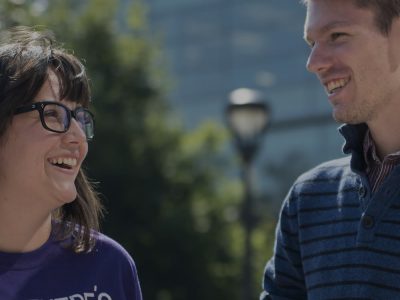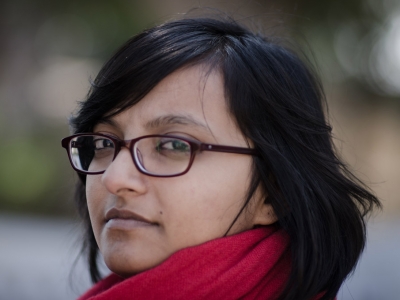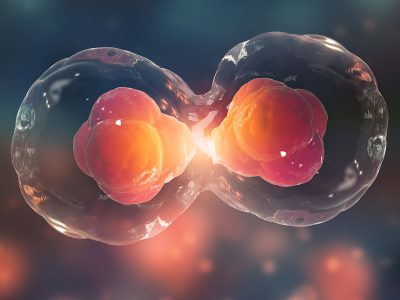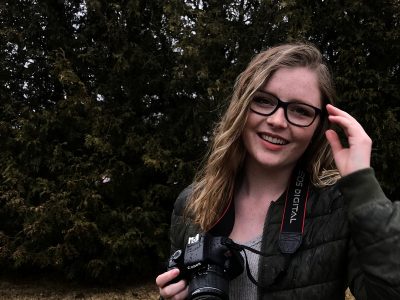By Lesley Barry
Photos by Chris Roussakis
Bill Willmore, a professor in the Institute of Biochemistry and the Departments of Chemistry and Biology at Carleton University, doesn’t often find an email from an 11-year-old in his inbox.
But back in 2014, he received a clear request from Bhavya Mohan, a Grade 5 student in Ottawa.
Mohan, on the advice of his older brother, was looking for a mentor to help him learn how to do scientific research and he was interested in Willmore’s work. Would Willmore consider taking him on?
Mohan may have been small and shy, but he was determined. A few months earlier, a Relay for Life cancer survivor had given a talk at his school, and what he heard touched him.
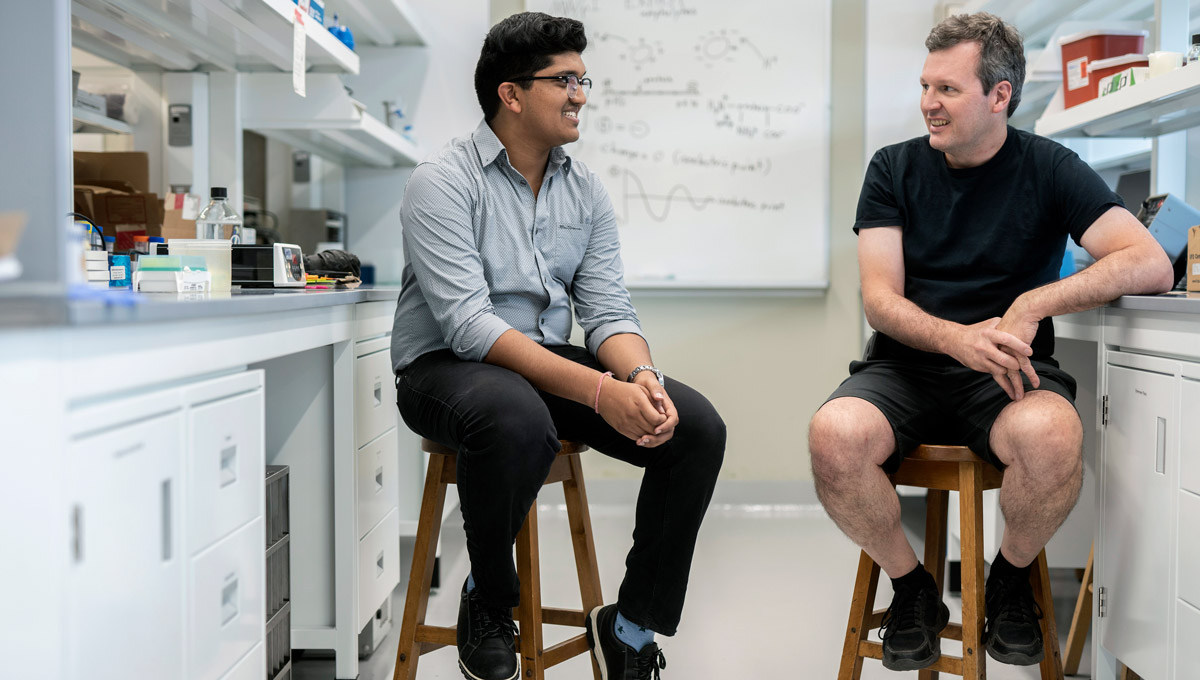
Prof. Bill Willmore and Bhavya Mohan
“When I tried reading up on cancer afterwards,” Mohan recalls, “it really drew my interest and became something I wanted to learn about more.”
Willmore was surprised but, as someone who takes all mentoring requests seriously, he agreed to meet Mohan.
“Mentorship is essential to the whole scientific process,” says Willmore, whose lab employs 10 people, including postdoctoral fellows and graduate and undergraduate students. “It is key to developing the careers of students at all levels. Granting agencies take mentorship very seriously, with questions about how we are training what they call ‘highly qualified personnel,’ who range from postdocs and technicians or research associates all the way to high school students.”
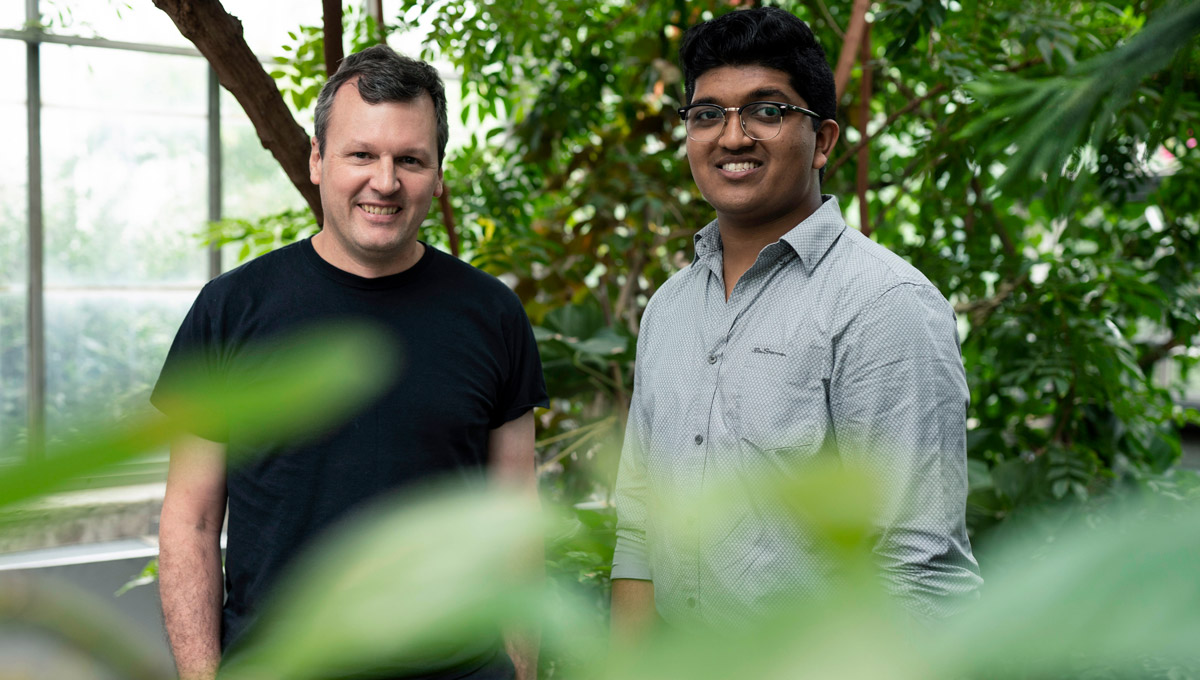
Lack of Experience Not a Deterrent to Science Mentorship
Although still rare, it is slowly becoming more common for high school students to be mentored privately in a university setting, he says.
“We are being contacted by high schools, primarily by guidance counsellors, but often by individual teachers who are looking to place their very top students in labs at Carleton.”
Willmore is amenable to such requests, and lack of experience on the part of the student is no deterrent.
“I take on one or two high school students per year,” he says. “They often come with their own ideas, which is great, and we give them direction as to what is feasible and what isn’t. We also train them in scientific thought, a big part of which is to how to overcome obstacles and troubleshoot—for example, when an experiment doesn’t work out, or gives you a result you didn’t predict.”
When Mohan first came to the lab, Willmore was impressed.
“Bhavya demonstrated knowledge, drive and innovative ideas related to research that were atypical for an 11-year-old,” he remembers.
A compelling example of that drive: “I mentioned that science is an expensive business and that it takes money to do research. Bhavya then went out and obtained his own sponsorship from Deloitte, the professional services company here in Ottawa. I could hardly turn him down.”
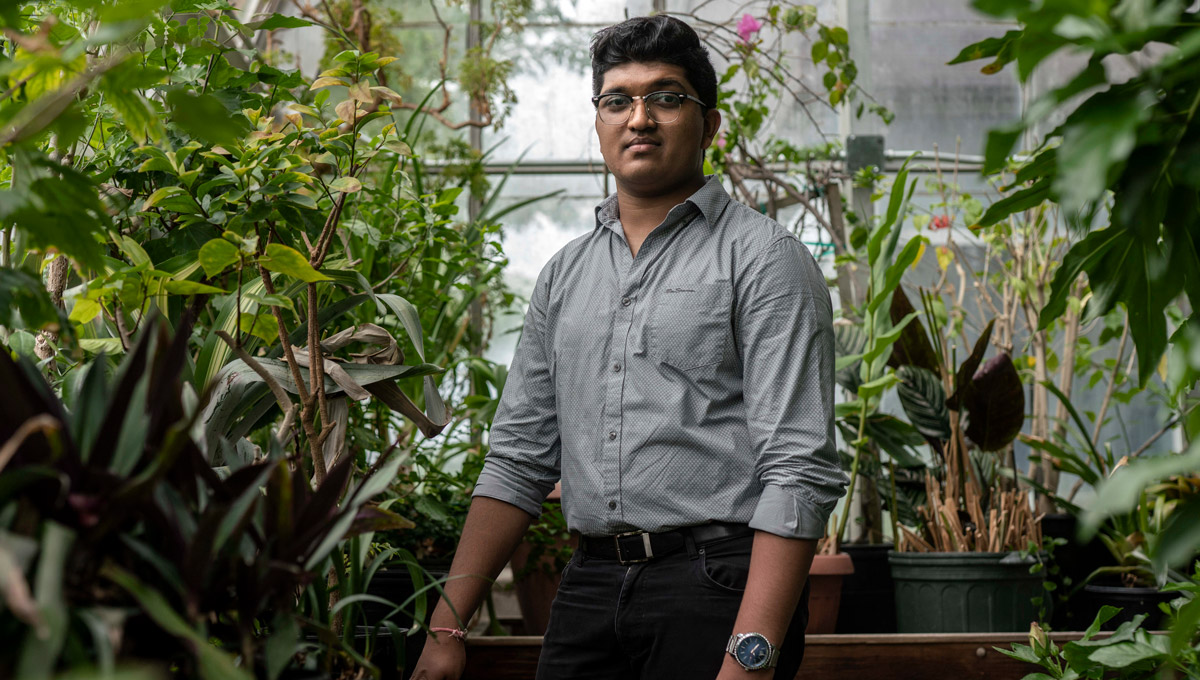
Mohan took to work in the lab like the proverbial duck to water. Two years later, his first science fair entry, focused on helping silver nanoparticles identify cancer cells, made it through local and regional competitions to the prestigious Canada-Wide Science Fair (CWSF); he won the bronze Excellence Award for juniors (grades 7-8).
The following year he won gold in the same category, plus a Youth Can Innovate award, for designing a one-dollar chip that can measure DNA concentrations to aid in disease diagnosis.
“Bhavya is very creative,” reports Willmore. “He has a lot of good ideas.”
So when a bigger project surfaced last year, that supply of good ideas made him a great resource.
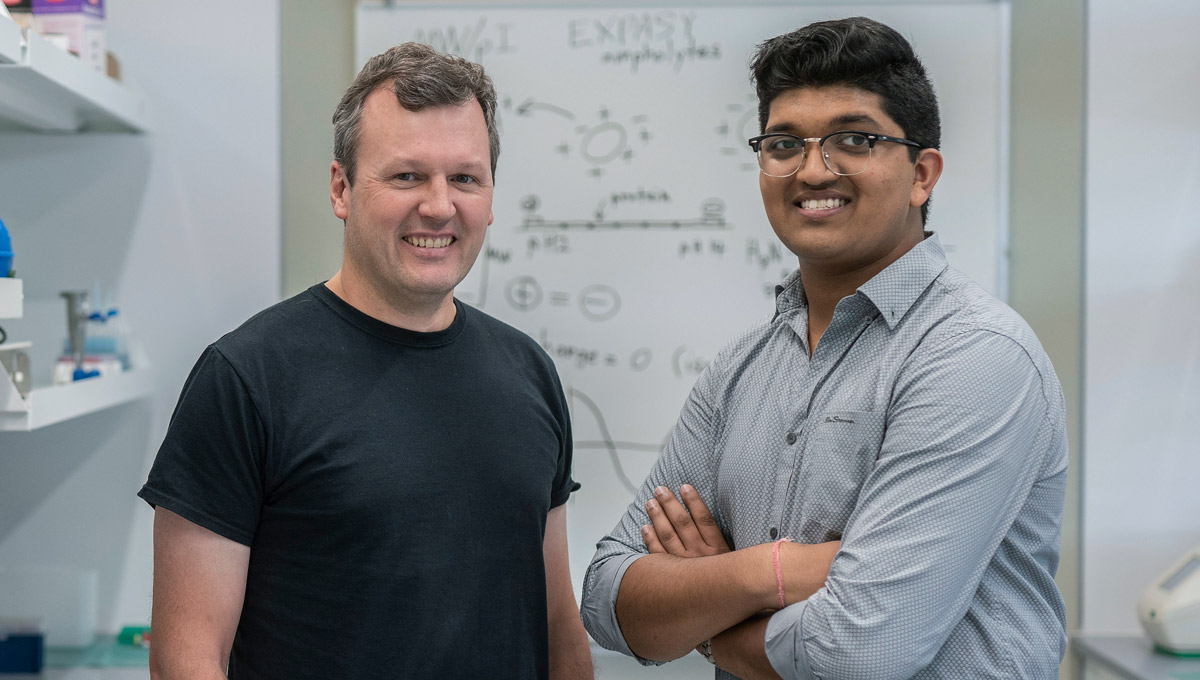
Using the Body’s Immune System to Fight Cancer
Many cancer researchers are seeking to develop treatments that use and enhance the action of the body’s immune system as an alternative to radiation and chemotherapy.
T-cells, a type of white blood cell, are a key part of the body’s ability to identify and remove specific threats. However, in response, cancer cells can reduce their output of the proteins that enable T-cells to recognize them.
In one immunotherapy approach, synthetic antibody complexes have been engineered to bind to both T-cells and cancer cells, thereby bringing them together and enabling T-cells to do their work.
But although this technology – known as BiTEs, or bi-specific T-cell engagers – has resulted in pharmaceuticals for specific forms of cancer, these are highly expensive, can in turn induce an immune response from the body, and are relatively large structures that are limited in their capacity to reduce tumours.
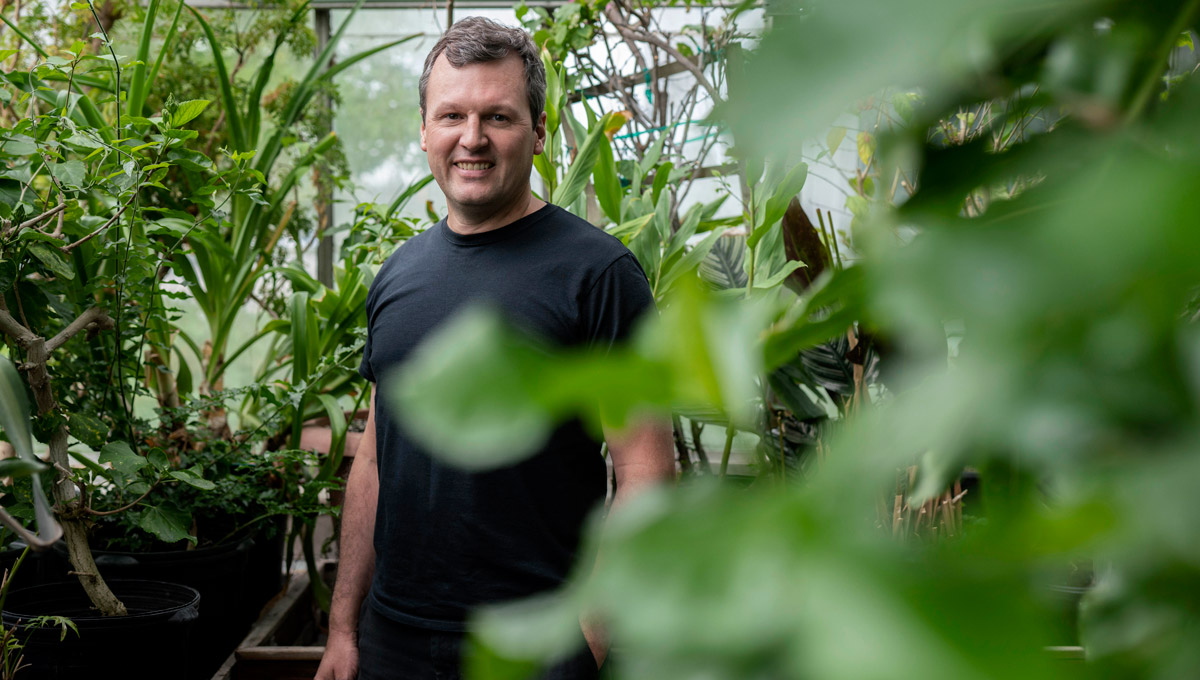
Enter the aptamer, another synthetic nanomaterial.
Aptamers are engineered DNA or RNA molecules that are short and have a single strand. The double-stranded DNA in our cells takes the shape of a double helix, which is structurally stable, but DNA itself is quite flexible, according to Willmore.
“A single strand of DNA, or half of the helix ladder, can loop and fold into three-dimensional structures,” he says. These structures perform like 3-D puzzle pieces, enabling the aptamer to attach to a wide range of targets, including small molecules and proteins, that have the specific reciprocal shape.
“Aptamers have certain advantages over synthetic antibodies,” reports Willmore. “They are easier and cheaper to produce than antibodies, so they are much more cost-effective. They don’t induce an immune response, they tend to bind more tightly and they can be modified so that they are not broken down as quickly.” Moreover, because they are smaller, they can travel to their target sites more swiftly and effectively than antibodies.
Given these advantages, could an aptamer be used to bring T-cells and cancer cells together?
It was a question Willmore had discussed a number of times with two counterparts in the Ottawa research community: John Bell, senior scientist at the Ottawa Hospital Research Institute and one of Ottawa’s leading researchers in cancer therapies, and Carleton colleague and professor in the Department of Chemistry, Maria DeRosa.
Bell pioneered the field of oncolytic viruses, which are engineered to identify and kill cancer cells while bypassing healthy cells and tissues; he is one of three scientific founders of Turnstone Biologics, which has raised over $50 million in venture capital funding.
DeRosa, for her part, specializes in aptamer research. Her lab works with aptamers of all different types for uses ranging from health care to agriculture.
Meanwhile, Willmore’s lab contributes expertise in cell lines and cultures.
“It makes for a pretty good team,” he reports. “Everyone has their own specialization and special focus.”
The group is in the process of applying for grants to fund investigations, but they decided to try some initial proof-of-principle experiments first—and Willmore had just the student in his lab to take this on.
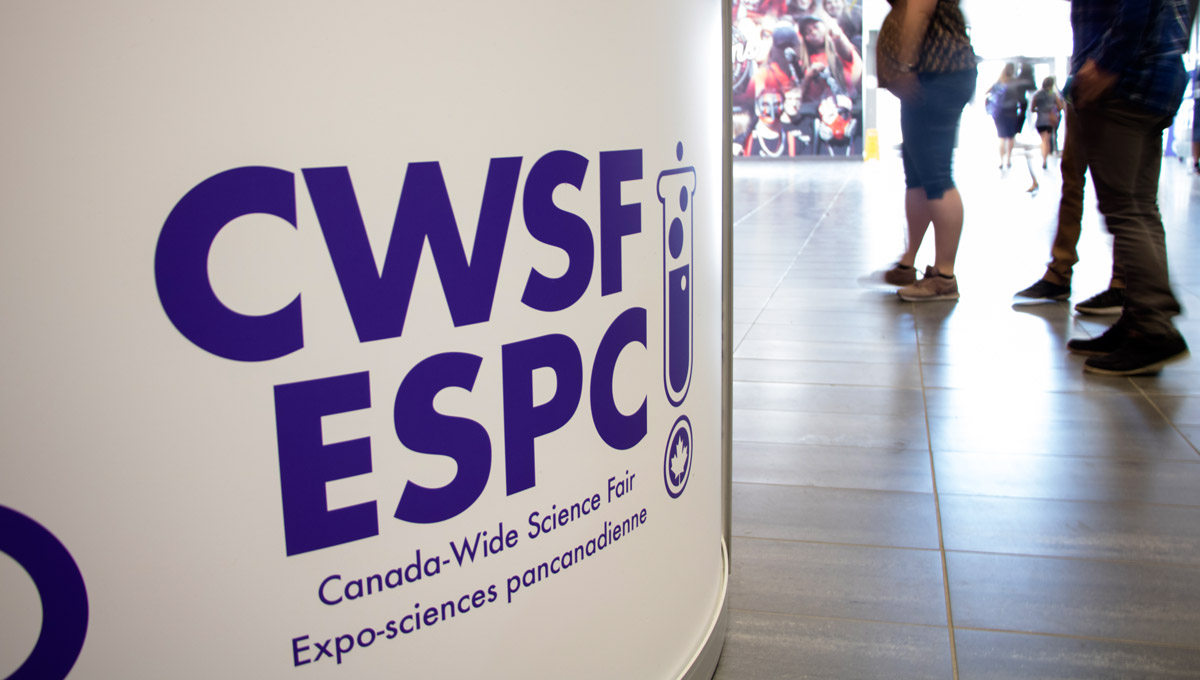
Taking ABiTE out of Cancer
Mohan, now 16 years old, came up with the idea of a bi-partite aptamer. “I was researching immunotherapy a lot last summer and came across BiTEs technology. Then, through working at Dr. Willmore’s lab I had worked with aptamers, and when I read about the challenges associated with BiTEs, I began thinking, what if aptamers could solve those challenges?”
He took the idea to Willmore and came up with a simple study design: they mixed T-cells and cancer cells together to compare whether these would aggregate in the presence, as opposed to in the absence, of a very long-stranded aptamer engineered to bind to both cells.
They did.
“It was incredible,” says Mohan, lighting up as he recalls the moment that the data analysis came through.
This year’s CWSF judges were equally enthusiastic. The project, titled “Taking ABiTE out of Cancer,” took Mohan to the national competition held this past May in Fredericton. Mohan won eight awards with a total value of $9,500, including the top project of all 409 entries.
“Mind-blowing,” was Mohan’s comment. Willmore was pleased as well: “Competition at the CWSF is very strong, so Bhavya was among the best.”
Post-win, Willmore and Mohan are back at work, refining and expanding the study before Mohan shows it off at the European Union Contest for Young Scientists held in Sofia, Bulgaria, from Sept. 13 to 18, 2019.
“Going into the lab for the last five years and working with Dr. Willmore has shaped me tremendously,” says Mohan. “When I started I didn’t know very much, but I kept on going and talking with Dr. Willmore and just learning as much as I could. I credit a lot of the confidence I have now to the research I’ve been able to do at the lab.
“When I’m older,” he continues, “I want to be able to help mentor other students, because I’m grateful for the support and guidance that Dr. Willmore provided me. I definitely want to pass that forward.”
Monday, August 26, 2019 in Faculty of Science, Research
Share: Twitter, Facebook
